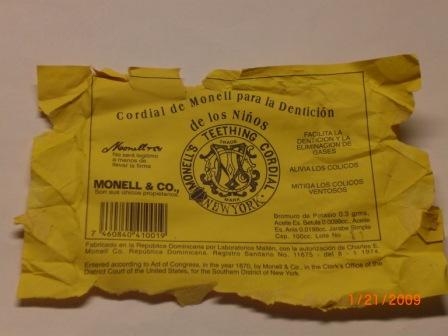Last night, I had a nightmare where I was looking at a stack of my mother’s banking records. I woke up very startled and yelled “NO!!!”
Now you may think, “that’s not very scary!” and you’d be right if you didn’t have any context. My mother died on July 4. Tragically, I couldn’t get there in time to see her. The day before she died, I wrote:
My elderly mother is dying. She lives on the opposite coast and is the definition of a patient at high-risk for coronavirus infection. She has lung disease (COPD), two types of cancer, and is on oxygen 24/7. Her neighbor wasn’t able to reach her on Wednesday and called 911. She refused to leave her home. She desperately needs medical attention and professional care. Yesterday the neighbor convinced her to go to the hospital. Now, as the only child, I have to plan for her death. She won’t recover, she won’t ever live on her own despite her stubborn and obnoxious and admirable efforts to do so. It’s heartbreaking, and it’s too much for me to handle.
Since then I’ve traveled across the country four times, which has involved flying on 16 different planes. All while wearing masks and being in situations where adequate social distancing was not always possible. I’ve had to stay in my childhood home, where I haven’t lived in decades. I sorted through 50 years of my mother’s accumulated possessions, as well as her medical and financial records. I encountered unexpected letters, obsessive listings of grievances and household items and charitable donations, various collections/accumulations, and even my kindergarten drawings. It’s been quite confusing, like living at least two separate existences. Recollection of memories from my real life was impaired while I was there.
Then I returned home and observed the second anniversary of my wife’s death. It’s incredible that my life has been empty and meaningless for that long.
So the dream was really about disorientation and death.
Meanwhile, after months of covid denialism, anti-science propaganda, and anti-mask ridicule, SARS-CoV-2 took ironic revenge and infected the president of the United States.
It is what it is.





 Modified from Fig 3a (
Modified from Fig 3a (


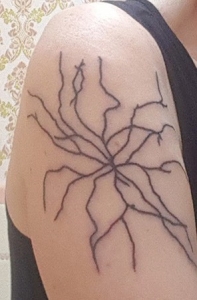





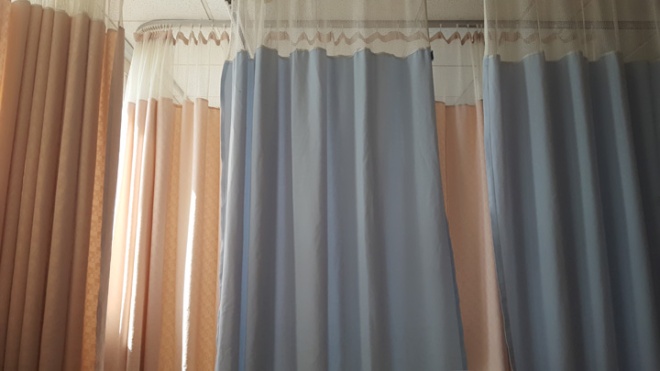
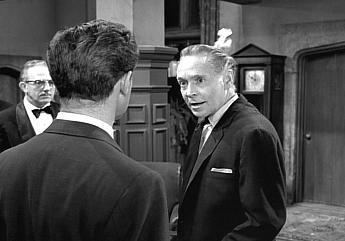
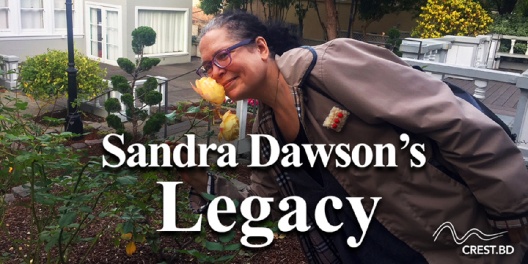









![[no title] 1979-82 by Jenny Holzer born 1950](https://neurocritic.files.wordpress.com/2016/10/rejoice-our-times-are-intolerable.jpg?w=660)
![[no title] 1979-82 by Jenny Holzer born 1950](https://neurocritic.files.wordpress.com/2016/10/fear-is-the-most-elegant-weapon.jpg?w=660)
![[no title] 1979-82 by Jenny Holzer born 1950](https://neurocritic.files.wordpress.com/2016/10/meaningless-platitudes-will-be-pulled-from-tongues-and-minds.jpg?w=660)
![[no title] 1979-82 by Jenny Holzer born 1950](https://neurocritic.files.wordpress.com/2016/10/the-end-of-the-u-s-a.jpg?w=660)




